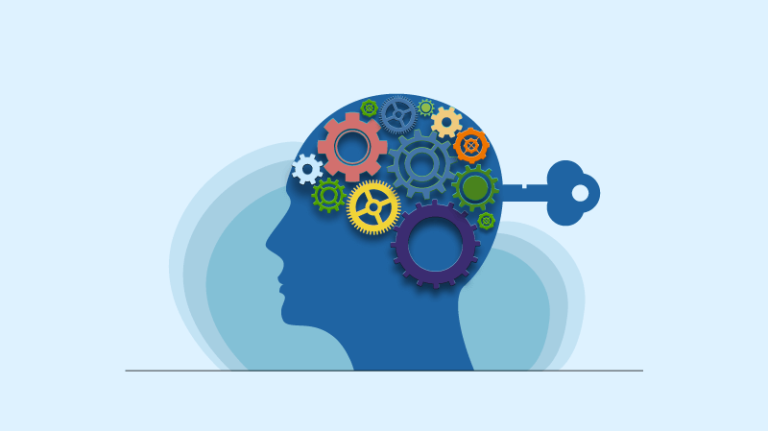Key Takeaways:
- Cognitive Behavioral Therapy (CBT) is suitable for a broad spectrum of individuals, from children to seniors.
- CBT addresses not only diagnosed mental health conditions but also everyday challenges like stress, grief, and personal development.
- Scientific studies back the effectiveness of CBT for various populations and issues.
Table of Contents:
- Understanding Cognitive Behavioral Therapy
- CBT for Mental Health Conditions
- Everyday Challenges Addressed by CBT
- CBT for Children and Adolescents
- CBT for Adults and Seniors
- CBT in Group and Family Settings
- Living Well with CBT
Understanding Cognitive Behavioral Therapy
Cognitive Behavioral Therapy is one of the most researched and well-established forms of psychotherapy. Rather than focusing on the distant past, CBT is rooted in the here and now—empowering individuals to recognize, challenge, and adapt their thinking and behavior patterns. At its heart, CBT helps people understand the connection between their thoughts, emotions, and actions. This practical and hands-on therapeutic style is designed to deliver results that individuals can notice in their daily lives. Whether sessions occur in person or through telehealth platforms, approaches such as cognitive behavioral therapy in NYC focus on equipping clients with tools and strategies that transfer to real-world situations. Over the years, countless people have utilized CBT principles to overcome obstacles, form healthier habits, and develop stronger resilience against life’s stressors.
CBT for Mental Health Conditions
CBT stands out for its effectiveness in treating a variety of mental health concerns, including anxiety disorders, depression, post-traumatic stress disorder (PTSD), obsessive-compulsive disorder (OCD), and a wide range of phobias. Unlike many approaches that might take months or years, CBT is typically structured and time-limited, offering clear strategies and measurable goals. As the American Psychological Association highlighted, CBT is frequently recommended as a first-line intervention due to its strong track record in helping patients achieve lasting improvements. Customization is a hallmark of CBT; therapists adapt core principles and exercises to match the unique needs of each individual. Whether someone experiences panic attacks, struggles with chronic worries, or faces mood disturbances, CBT can lay the groundwork for significant, positive change. Additionally, the skills acquired through CBT often help prevent future relapses, making it a lifelong asset beyond the end of formal therapy.
Everyday Challenges Addressed by CBT
CBT is not reserved solely for those facing clinical mental illnesses. Its structured strategies make it a valuable tool for everyday struggles that nearly everyone faces at some point. Life is full of ups and downs—major transitions, workplace stress, low self-esteem, chronic insecurity, grief, or difficulties adapting to change. CBT offers step-by-step methods to break the unhelpful thinking cycle, promote problem-solving, and challenge self-sabotaging beliefs. Its evidence-based approach empowers people to address procrastination, perfectionism, or communication problems. Individuals using CBT often report greater self-confidence and a more optimistic outlook on future challenges by building new habits and perspectives.
CBT for Children and Adolescents
The power of CBT extends to children and teens, and adjustments to its framework make it accessible to younger clients. Today’s youth navigate complex worlds filled with academic pressure, social media, peer groups, and family dynamics. CBT is adapted with age-appropriate exercises and engaging formats, such as role-playing, games, or visual aids—to help kids learn how to manage emotions, cope with stress, and improve social skills. Children who face issues like bullying, anxiety, self-esteem struggles, or even behavioral outbursts benefit from these skills early on. Research confirms these gains; children participating in CBT demonstrate noticeable improvements in school performance, social confidence, and family relationships. As highlighted in articles from Psychology Today, CBT is particularly effective for reducing symptoms of anxiety and depression in youth and empowers parents to become supportive coaches along the therapeutic journey.
CBT for Adults and Seniors
For adults, CBT addresses a wide variety of life situations. Many adults struggle with balancing work and family, managing chronic illnesses, processing grief, or breaking unwanted habits. CBT guides individuals to identify unhelpful thought patterns, such as catastrophizing or all-or-nothing thinking, and offers practical alternatives. By regularly practicing these tools, adults experience improved mood, motivation, and productivity. In the senior years, life often brings significant change: retirement, loss of loved ones, health challenges, or loneliness. CBT’s structured approach gives older adults a renewed sense of purpose and offers pathways for maintaining hope and optimism in the face of change. It is also effective for addressing insomnia, chronic pain, and symptoms of mild cognitive decline, supporting better quality of life throughout aging.
CBT in Group and Family Settings
CBT can be just as effective in group or family settings as it is in one-on-one therapy. In group CBT, participants facing similar issues—such as social anxiety, substance use recovery, or postpartum depression—come together to learn, practice, and support one another. The group dynamic normalizes experiences and offers encouragement, accountability, and fresh perspectives. Family-focused CBT helps family members communicate with more empathy, resolve conflicts, and better support struggling loved ones. It’s particularly useful when addressing challenges such as behavioral changes in children, a family member’s addiction, or coping with major life transitions. This collaborative approach fosters shared growth and builds a supportive community that continues to be a source of strength after therapy concludes.
Living Well with CBT
CBT’s benefits exceed scheduled sessions; they spill into daily decision-making, relationship management, and personal growth. People in every stage of life find that they become better equipped to handle future setbacks by using CBT techniques, like keeping thought records, practicing exposure to fears, journaling about triggers, or rehearsing new skills. Students use CBT to curb test anxiety, professionals employ it to navigate workplace pressures, and parents utilize its strategies to manage family stress. Most successfully, CBT instills a sense of hope and self-efficacy, helping people realize that change is possible. By prioritizing small, intentional steps and committing to regular practice, the skills learned in CBT can create lasting transformation and a proactive approach to living well.


